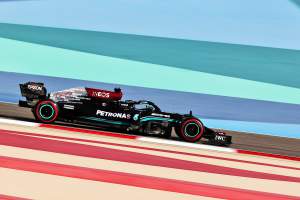Up Next

Naturally it’s big news that the all-conquering Mercedes team has got its 2021 Formula 1 campaign off to such a tricky start, Bahrain victory notwithstanding.
It was comfortably outpaced in qualifying and won the opening race only through a combination of a smart strategy, a calculating drive from Lewis Hamilton and some significant mechanical problems for Max Verstappen’s Red Bull-Honda.
But it’s not the first time, even during its title obliteration of the hybrid era, that Mercedes has started the season on an ambiguous footing.

At the beginning of both 2017 and ’18 it faced a resurgent Ferrari that looked to have the potential to break its dominance.
Is this just another run-through of that narrative? One in which the might of Mercedes prevails in the end?
The following numbers give a sense of the scale of Mercedes’ reduced advantage in ’17-18 from its 2014-16 dominance:
| Year | Races | Poles | Wins | Fastest | Qual gap |
| 2014 | 19 | 18 (95%) | 16 (84%) | 19 (100%) | 0.90% |
| 2015 | 19 | 18 (95%) | 16 (84%) | 17 (89%) | 0.75% |
| 2016 | 21 | 20 (95%) | 18 (86%) | 20 (95%) | 0.83% |
| 2017 | 20 | 15 (75%) | 12 (60%) | 8 (40%) | 0.25% |
| 2018 | 21 | 13 (62%) | 11 (52%) | 7 (33%) | 0.09% |
Fastest = The ‘race fastest’ category is an assessment of which car had the best race day pace at each event, to give an additional metric of performance. Sometimes it was less than resoundingly clear, in which case no call has been made. But in the case of 2018, for example, the Mercedes has been assessed as the fastest on race day on seven occasions, compared to eight for Ferrari, four for Red Bull and two too close to call.
Qual gap = The time gap from Mercedes to the second-fastest car in qualifying across the season, converted to a percentage
As can be seen, Mercedes from having the uncontested fastest car at 100% of the races in 2014 was down to just a third of that by 2018. Its qualifying advantage over the next fastest car over the year was in 2018 a mere tenth of what it had been in ’14. The step change in every metric comes in 2017.
2017
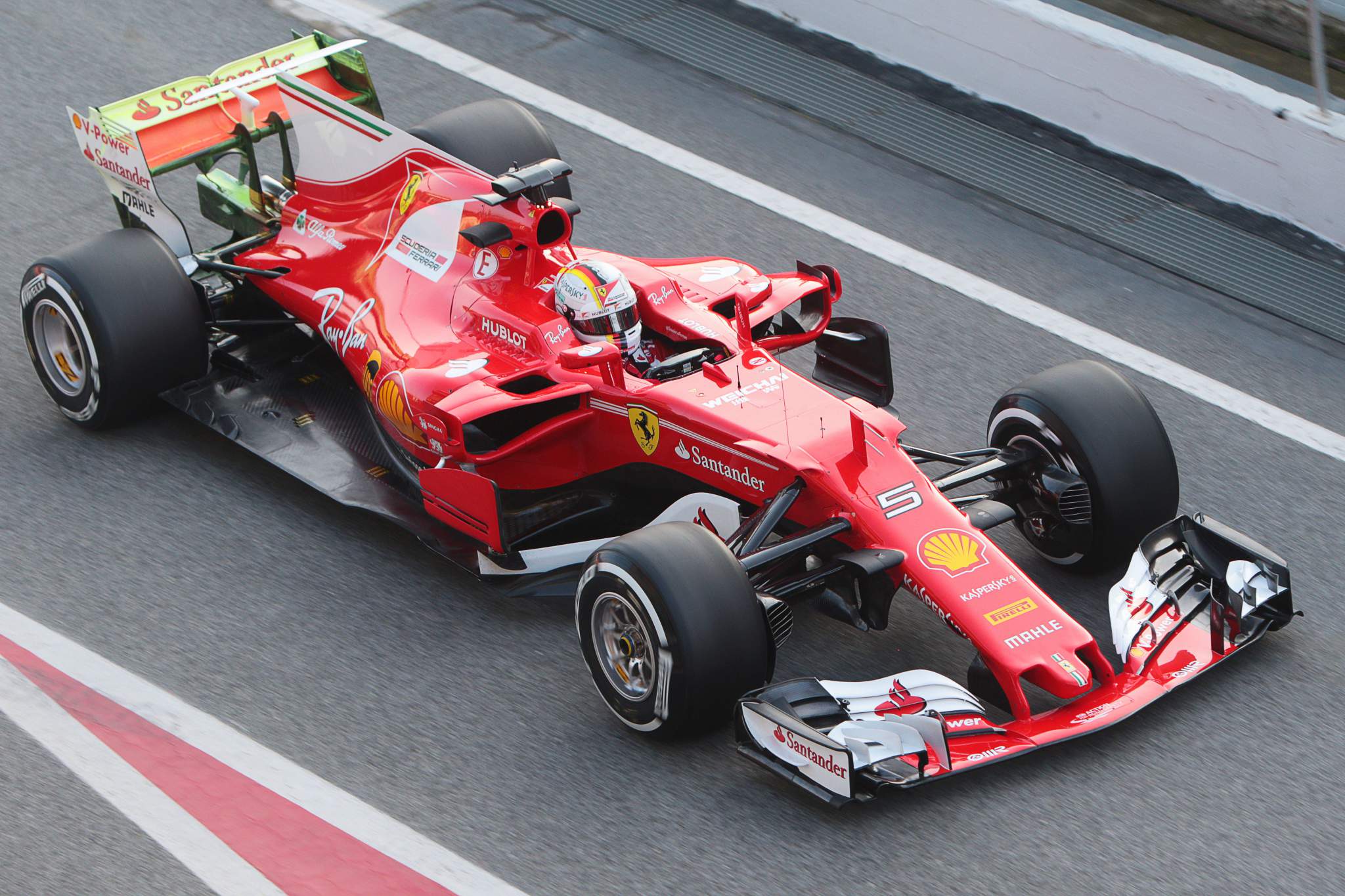
This was the year of the big regulation change to wide, more aerodynamically powerful, cars and associated wider tyres.
Ferrari’s response to the new regulations was highly innovative and represented a clean sheet reappraisal of its aero concept (though incorporating the Red Bull-inspired high-rake route it had already been following).
The Ferrari was a more driveable car than the Mercedes, more lithe and responsive in its behaviour into slow corners – and also generally better on the tyres
Progressive thinking was evident in the unique way the sidepods were pared back from the side-impact structures, opening up a lot of airflow-enhancing volume in that part of the car. It would come to be widely copied by almost everyone over the coming years but was very much part of the SF70H’s downforce advantage over the Mercedes in slow and medium speed corners.
Other innovations included an ‘active’ blown axle (subsequently outlawed by the FIA mid-season) and ducts on each side of the leading edge of the floor to tune the shape and distance from the ground under load – potentially giving a very powerful set-up tool that would allow access to more under-body downforce and a forward-migrating centre of pressure to help in the slow corners. This too attracted the attention of the FIA and had to be changed mid-season.
But it all illustrated that Ferrari was pushing the envelope rather than simply following the lead of others, which it had been doing for many of the preceding years. It was the car with which Ferrari introduced another innovation that would come to be standardised through the grid: the articulated suspension arm which levered the front of the car down past a certain threshold of lock; again helping combat low-speed understeer.
The Ferrari was significantly shorter than the long, low-rake Mercedes, helping it get comfortably under the weight limit and thereby facilitating ballast being used to tune to the car to each track – something that was initially impossible to do on the Mercedes, which was over the minimum weight limit.
The combination of more set-up adjustability and a higher rake angle allowed the Ferrari to be a more driveable car than its rival, more lithe and responsive in its behaviour into slow corners – and also generally better on the tyres.
It was the Mercedes W08’s narrower window and the difficulty the team sometimes had in finding its sweet spot which led it to be labelled the ‘diva’. What it had going for it was more high-speed downforce (from its greater floor area) and a very valuable Q3 ‘party mode’ for the power unit which was worth as much as 0.35s on some tracks. Its longer wheelbase also contributed towards a lower drag penalty than the Ferrari.
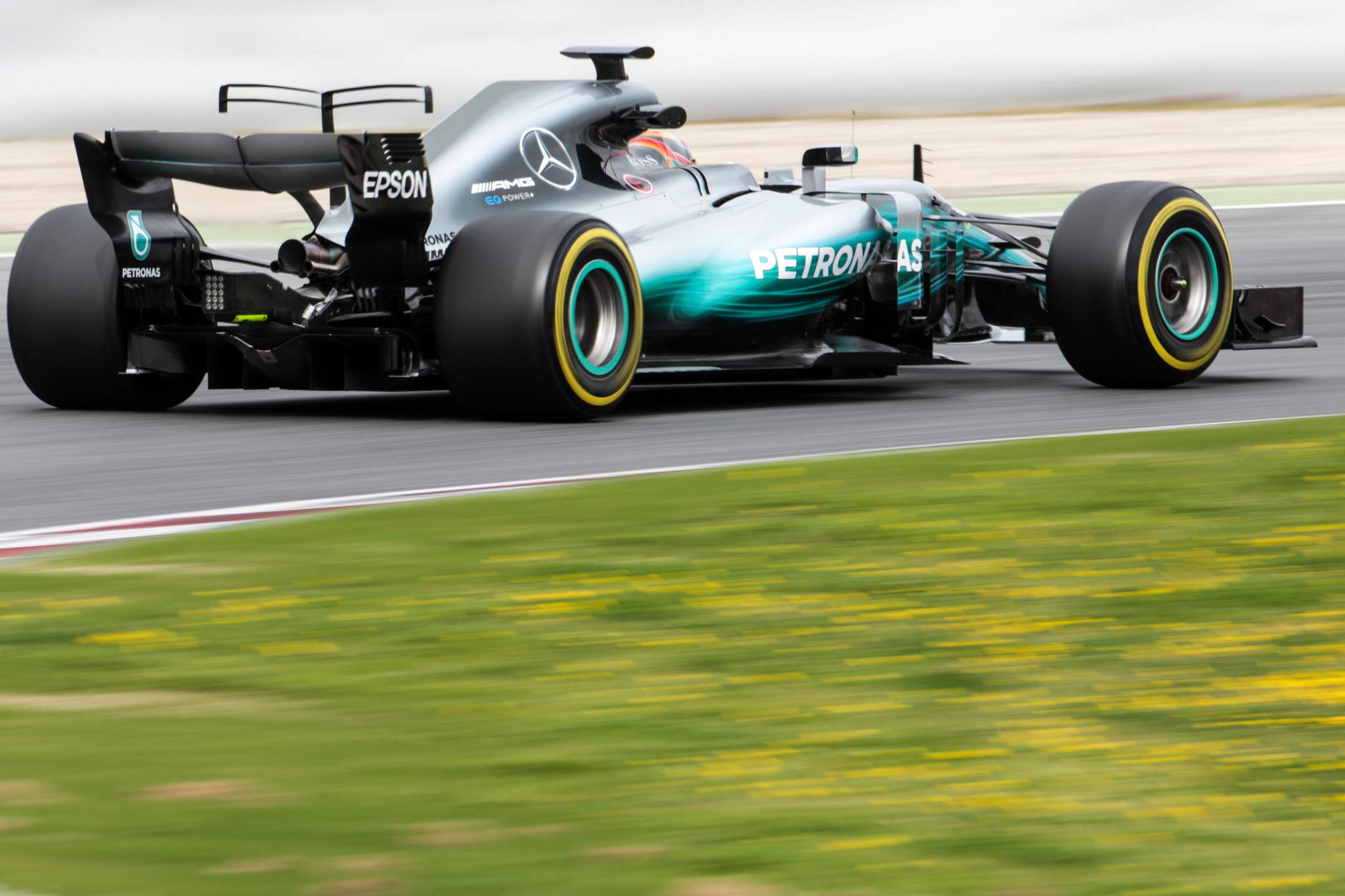
How these opposing traits played out lent the season a far more interesting dynamic and for much of it there seemed to be a genuine championship contest between the two teams.
The tone was set at the first race in Melbourne, where that party mode Q3 boost and three years of dominance perhaps led Mercedes to over-confidence.
Mercedes was beaten seven times this year rather than the usual two or three – and even that number flatters it
Hamilton had set a comfortable pole and Mercedes was planning around him pulling out of Sebastian Vettel’s undercut range before the stops. But every time he stepped up the pace, the Ferrari was right there with him and the longer Hamilton tried the more he overworked his tyres and the better the Ferrari looked. It was just a faster car on race day and Vettel duly won.
For the first seven races straight Ferrari had the faster race day car, though that yielded only three victories, often thanks to the Mercedes’ Q3 power advantage giving it track position.
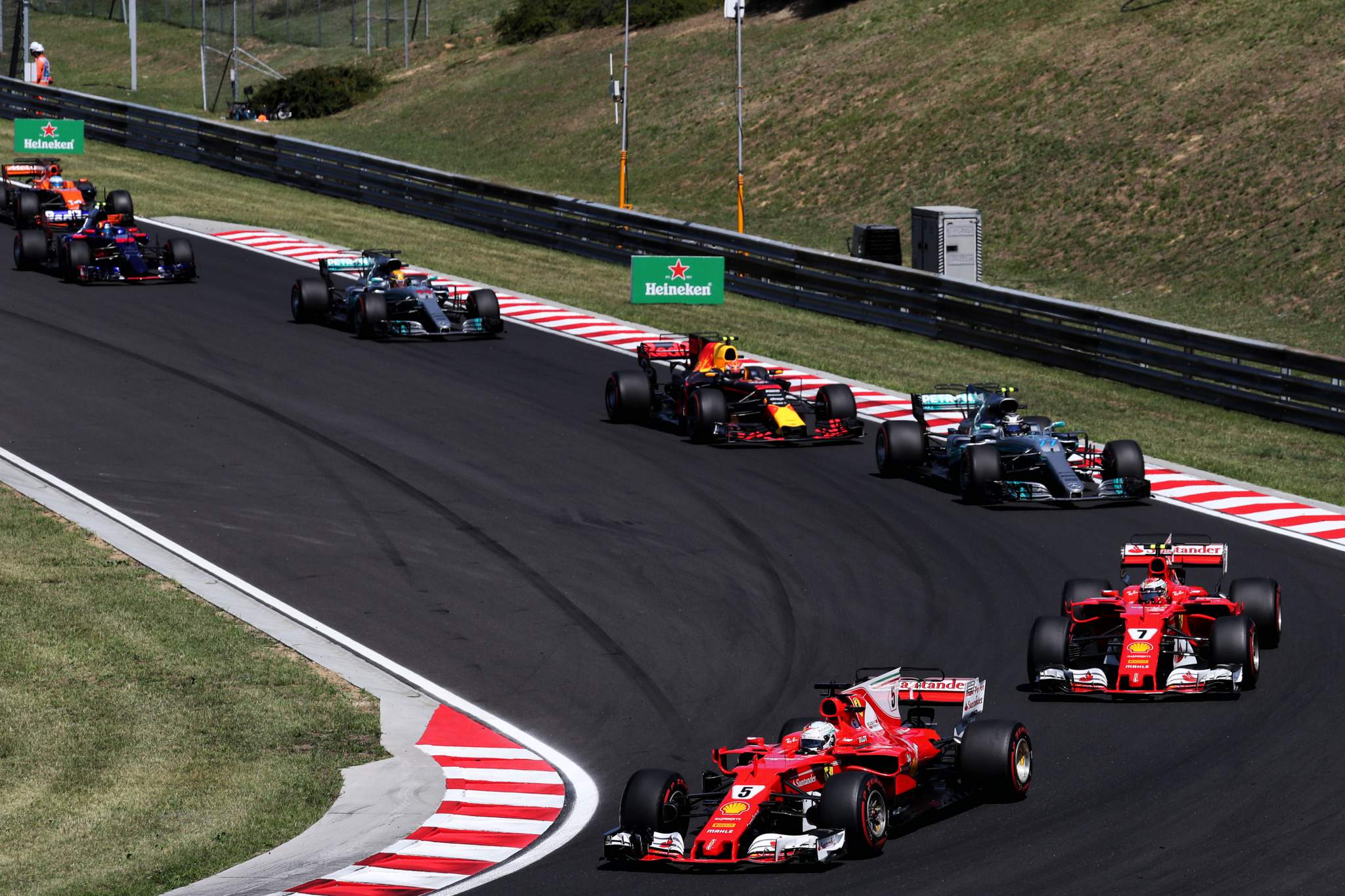
Mercedes was beaten seven times this year rather than the usual two or three – and even that number flatters it. The Mercedes though had that crucial Q3 power boost – and Hamilton. Mercedes took 15 poles, Ferrari only five. But the Mercedes’ qualifying advantage was only 0.2s despite having about 0.35s worth of Q3 mode advantage – ie without that mode, the Ferrari was faster even in qualifying.
Ferrari got a really unlucky rub of the green with safety cars (in China and Spain) and with a better team operation, and without the two critical mistakes of Vettel (Baku and Singapore), might conceivably have won the title. It took five victories but another five slipped through its hands.
2018

Ferrari’s SF71H built upon the great foundation of the ’17 machine – and attended to its two key weaknesses: 1) The wheelbase was lengthened – not to the extent of making it Mercedes-long, but enough to increase the downforce-generating underfloor area and lowering the drag resistance without making it too heavy. 2) Ferrari had its own powerful Q3 party mode for the first time.
It all made for a super-potent weapon and Mercedes looked to have an even bigger fight on its hands than in the previous year. The W09 was a development of the diva, but with a greater emphasis on slow corner performance, even at the expense of downforce at higher speeds.
It took until race four before Mercedes even won a race, as Vettel rattled off a brace of victories to start the season and Red Bull’s Daniel Ricciardo triumphed in China.
Mercedes won only 10 races from 21 and on only seven occasions was it unquestionably the fastest car (with a couple of races -Silverstone and Singapore – where it vied for that status but not conclusively). Ferrari was faster than Mercedes on 12 occasions. On four occasions Red Bull had the fastest car.
Mercedes won this title through a combination of being a better team than Ferrari and Hamilton delivering a better performance than Vettel
But… Ferrari’s aero developments went awry in the critical late stages (Singapore onwards). That and two key errors from Vettel (Baku and Germany, the latter catastrophic) and others from the team was all it took for Mercedes and Hamilton to capitalise.
Vettel won only five races, Hamilton 11. Without those key Vettel errors, that score would have stood at Vettel 7, Hamilton 9. Hamilton was recused from uncompetitive weekends twice (Germany and Hungary) by the rain falling, allowing him to steal what in the dry looked likely to have been sure-fire Vettel victories, such was the Ferrari’s pace advantage.
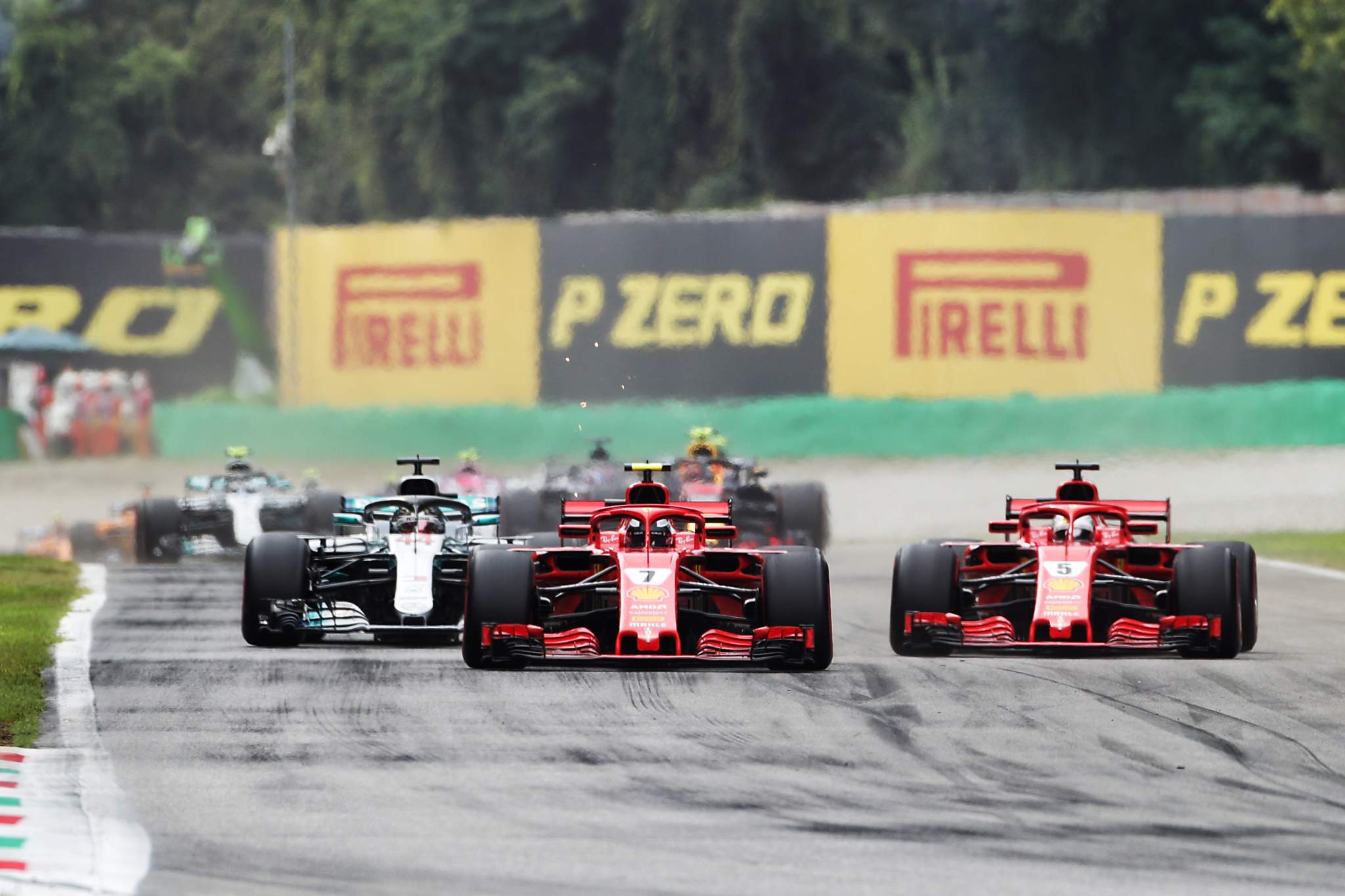
Ferrari messed up Vettel’s chances of victory at Monza by not assigning him qualifying slipstreaming priority over Kimi Raikkonen. It surrendered what Vettel felt was a perfectly feasible victory in Singapore by the messy timing of its runs in qualifying. It messed up Vettel’s qualifying in Japan with its tyre choice, though on that occasion it probably wouldn’t have prevented a Hamilton victory.
Without the Ferrari OR Vettel errors it could have been Vettel nine wins, Hamilton seven. This without the Hamilton-aiding random arrival of the rain. Take that out and it could easily have been Vettel 11 wins, Hamilton five (the precise reverse of the actual score).
“We have been missing just a few horsepower to a Ferrari that has had a very, very impressive rate of development” :: James Allison
Conversely, a Mercedes strategy software error cost Hamilton a victory in Melbourne that went to Vettel, which would take it back down to 10-6 in the imagined error-free straight-running of everything where only performance in undisturbed ideal circumstances determined the outcome.
In summary Mercedes won this title through a combination of being a better team than Ferrari and Hamilton delivering a better performance than Vettel. In terms of the actual cars, the Ferrari SF71H was on balance probably faster than the Mercedes W09.

Mercedes’ technical director James Allison later reflected on having had the fastest car at only two of the first seven races.
“At that point it looked like it was going to be a really sweaty fight for us because Ferrari were faster and we weren’t putting performance on the car,” he said.
“We were being kept in the game by our race drivers doing brilliantly and our race team doing a good job with what we gave them.”
Aero and engine developments finally got Mercedes ahead in France and Austria but then Ferrari came back hard – and around the British GP it was faster once more. “Usually we get Lewis pole,” said a Mercedes team member there, “but today he got us pole. We were definitely second-best today.”
On the eve of the summer break Allison summarised the half-season like this: “Certainly for a few races now we have been missing just a few horsepower to a Ferrari that has had a very, very impressive rate of development through the year.
“We are probably on average better than Ferrari through the corners at most tracks, sometimes they take a bit from us in the low-speed, but medium and high-speed we normally prosper relative to them.
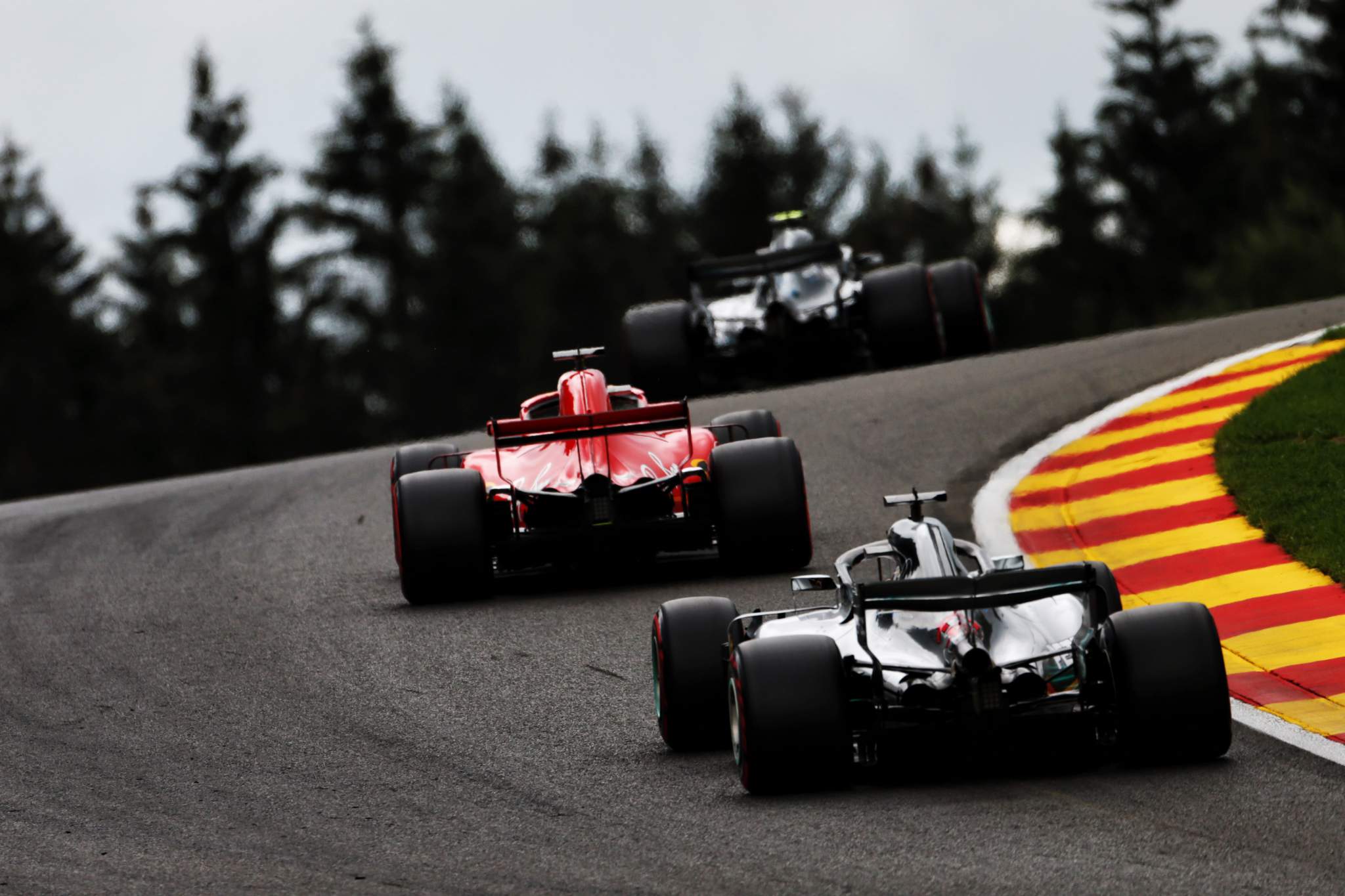
“I would say they have tended to be a bit stronger than us when it’s at tracks that are strongly rear limited, but we are talking small margins, and us the opposite.
“We have tended to have better pitstops, they have tended to have better starts, although we appear to have put that right in recent races with a lot of work from the good guys in the controls department here in the factory.
“These are all small, small margins which is why the championship has yo-yoed one way and the other.
“It’s quite interesting to note that in the 12 races we have had so far, only five of them have actually been won by the car that most people would agree was the quickest on that weekend.”
Ferrari’s title challenge collapsed late-season and in the end Mercedes prevailed quite comfortably.
“I’ve never known a season like it,” said Allison at the end of it all. “We kept thinking we’d punched them to the floor but then they are back at you.
“I’m sure they felt exactly the same. I’m sure you’ll have seen the relative swagger of the two teams go up and down through the year.
“You’d think, ‘OK, we’ve got the edge we need now,’ but it hasn’t been like that at all.
“It’s been the only year I remember where the leading contenders have actually pulled away from the chasers. Normally it’s such a big gap that they find it easier to close down on us. Not this year.”
Red Bull & 2021

Different season, different dynamics, different teams, but those ’17 and ’18 campaigns will have at least seasoned Mercedes for a championship fight.
The latest regulations appear to have struck Mercedes’ low-rake aero concept a blow and the COVID-inspired development restrictions would appear to limit its options in addressing that.
But the Bahrain track is not very friendly to that concept anyhow and so it’s not inconceivable that Mercedes, with a bit of refining of its balance and power unit deployment, might be able to hit back hard.
But the margin by which Verstappen outqualified Mercedes in Bahrain was greater than Ferrari ever did at that track.
Furthermore, if Red Bull genuinely does have a car at least as fast or faster than Mercedes, it’s difficult to envisage either the team or Verstappen struggling to ruthlessly capitalise on that in the way that Ferrari and Vettel failed to do in ’17 and ’18.






